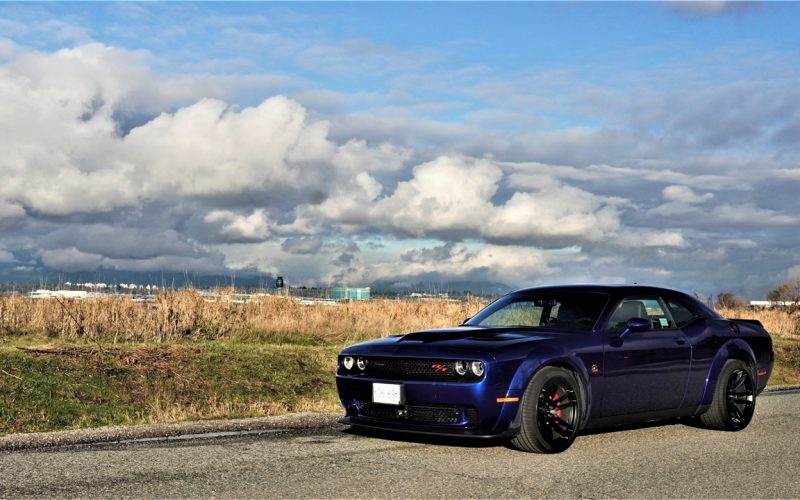
Reading Time: 12 minutesIs there a meaner looking sports car available anywhere? OK, an argument can be made for
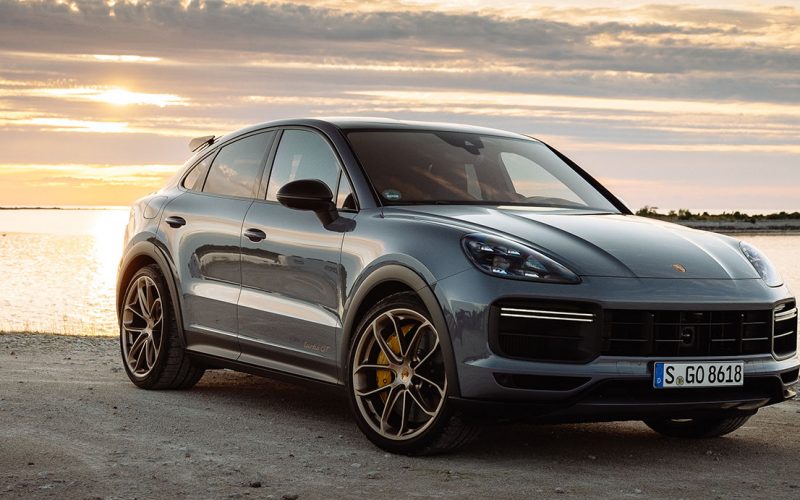
Reading Time: 6 minutesWith a maximum of 631 horsepower, the new Cayenne Turbo GT isn’t the most powerful super-SUV
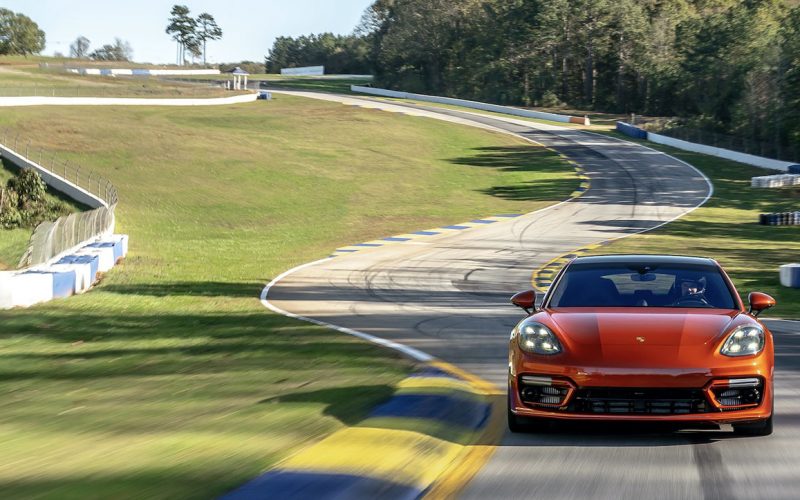
Reading Time: 3 minutesIf you’re in the belief that Porsche’s Panamera flagship is simply a low-slung luxury sedan, think
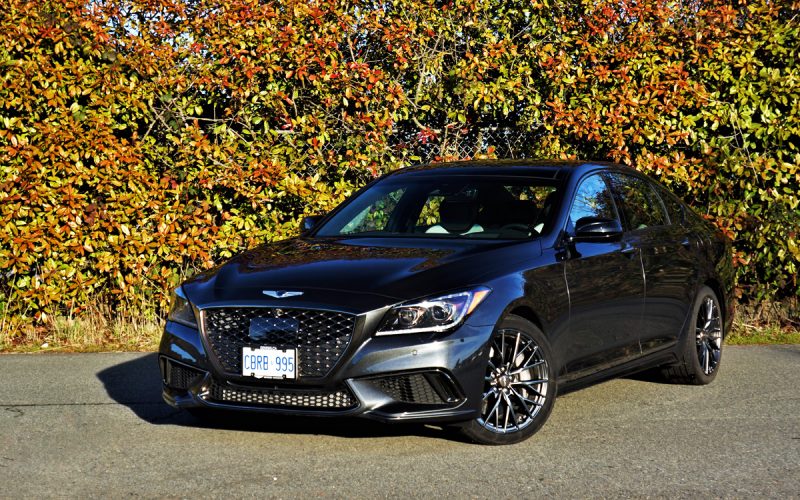
Reading Time: 13 minutesIf you were smart enough to purchase a 2015-2016 Hyundai Genesis Sedan back when it was
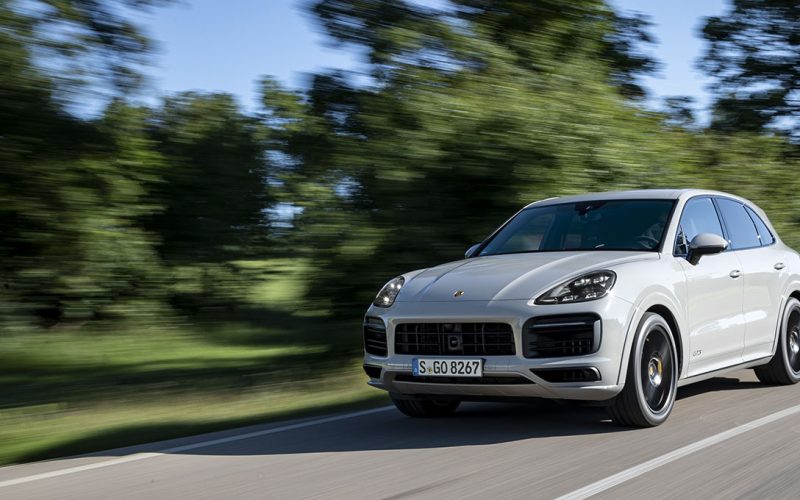
Reading Time: 4 minutesThe Cayenne GTS is back, and much has changed since the model was last offered for
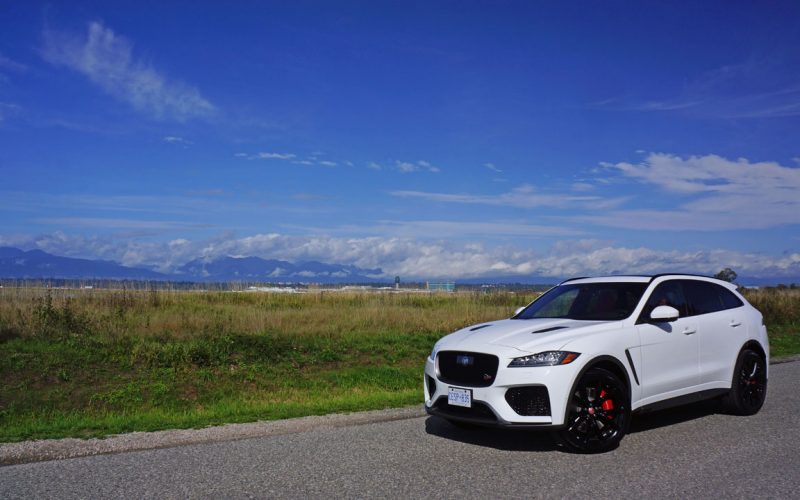
Reading Time: 13 minutesMy goodness this thing is insane! The power, the outrageous sound of the supercharged V8’s sport
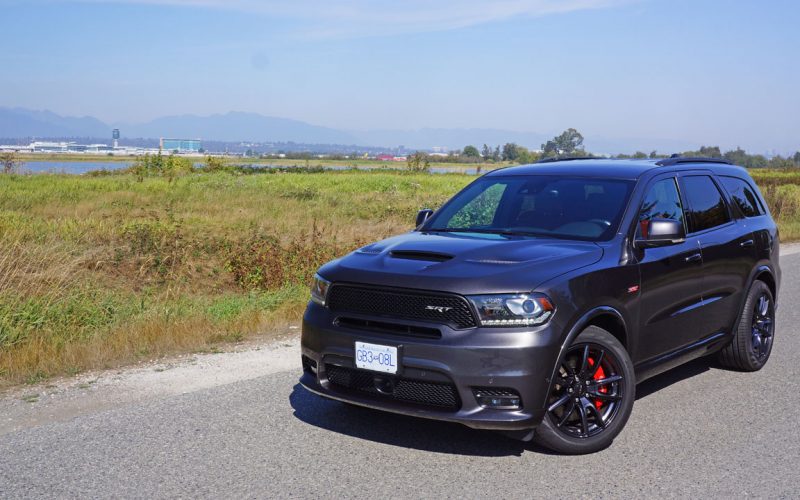
Reading Time: 10 minutesDodge is the Jolt Cola of the auto sector, or for those not old enough to
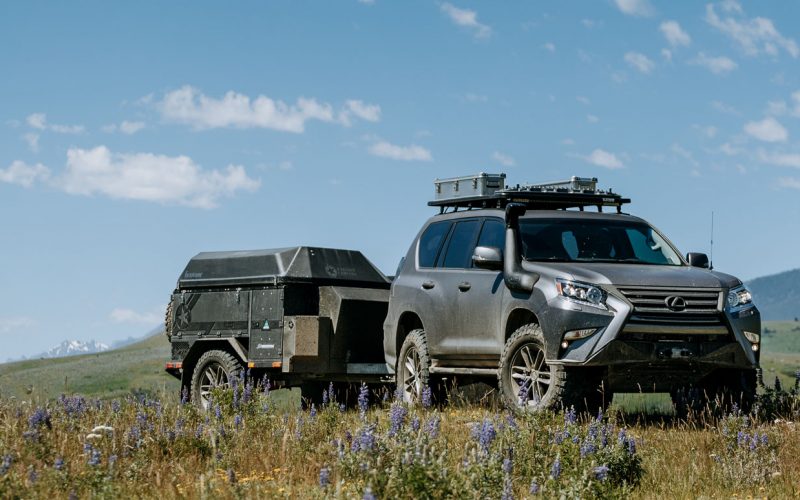
Reading Time: 6 minutesAn off-road Lexus? To some this might sound like an oxymoron, but in reality two of
© 2025 The Car Magazine. All Rights Reserved, Privacy Policy | Terms of Use